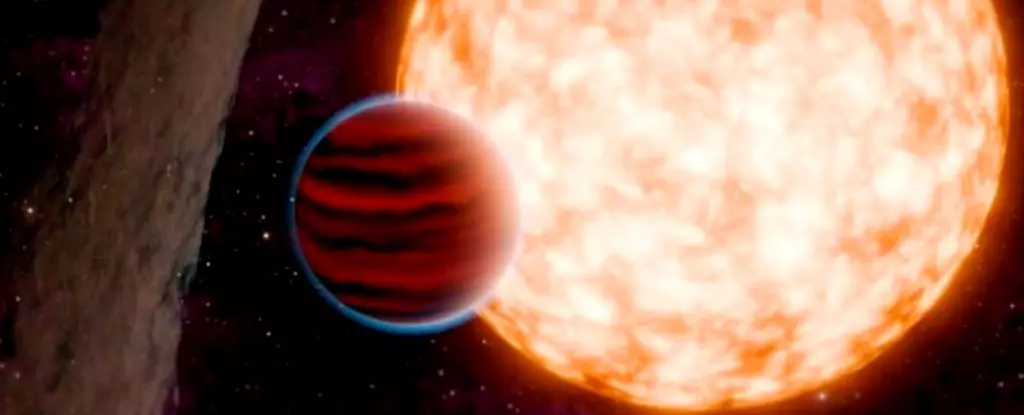In a remarkable breakthrough, astronomers have uncovered TIDYE-1b, one of the youngest planets known to humanity, clocking in at a mere 3 million years old. This revelation offers a rare opportunity to observe the nascent processes involved in planetary formation, inviting a reconsideration of existing models that describe how planets come into existence. By juxtaposing TIDYE-1b’s youth against the 4.5 billion-year history of Earth, which is over 1,500 times older, scientists are presented with a unique chance to study the early evolutionary phases of a planet. The significance of this discovery transcends mere statistics; it represents a window into a formative period that has only been speculated upon until now.
Methods of Discovery: The Role of TESS
TIDYE-1b was detected using the transit method, an innovative technique where astronomers observe dips in a star’s brightness to infer the presence of orbiting planets. The lead researcher, Madyson Barber, a graduate student at UNC-Chapel Hill, capitalized on this method utilizing NASA’s Transiting Exoplanet Survey Satellite (TESS). Though several young planets ranging from 10 to 40 million years old have been identified through similar techniques, the identification of TIDYE-1b is particularly groundbreaking because of its age which sets it apart from its predecessors. Typically, detecting such juvenile planets presents significant challenges due to the dense clouds of gas and dust surrounding them in what is known as the protoplanetary disc.
Understanding Protoplanetary Discs
The protoplanetary disc is a crucial component in the formation of planets. It acts as a reservoir of materials from which planets are birthed, composed of gas and dust swirling around a young star. In a conventional sense, planets form within a relatively flat and aligned disc, resulting in a predictable arrangement of orbits. However, TIDYE-1b’s discovery introduces a new complexity to this narrative: the protoplanetary disc surrounding its star is misaligned. This unexpected tilt allows astronomers to observe TIDYE-1b despite its proximity to the disc’s dense material, which would typically obscure the young planet from view.
TIDYE-1b orbits its parent star approximately every nine days, establishing it as a relatively close companion to the celestial body. The researchers speculate that this planet represents a burgeoning example of either a ‘super-Earth’ or a ‘sub-Neptune.’ Both classifications refer to types of exoplanets that are notably absent from our solar system but are prevalent in the broader Milky Way. With a diameter 11 times greater than that of Earth, TIDYE-1b’s discovery provides pivotal documentation supporting the theory that planet formation can happen much earlier in a star’s life than previously understood.
Challenging Existing Models
The findings surrounding TIDYE-1b challenge conventional theories regarding planetary formation. Traditionally, the scientific community has accepted that the lack of visibility of planets younger than 10 million years was primarily due to the obfuscating gas and dust present in their protoplanetary discs. TIDYE-1b, however, suggests that our understanding may be flawed, as the existence of such young planets may be more common than previously hypothesized. The implications of this discovery could lead to revised models and a deeper comprehension of how planets, in all their diversity, develop in a galactic context.
Ultimately, the discovery of TIDYE-1b serves as a vital reminder of the rich complexities associated with planetary systems. As Madyson Barber noted, the quest for knowledge in astronomy encapsulates humanity’s desire to understand its place in the cosmos. Each new discovery, particularly one as profound as TIDYE-1b, not only adds to the repository of human knowledge but also prompts existential reflections on where we originate and where we might be heading. As astronomical techniques and technologies advance, the exploration of our universe will surely uncover more secrets, perhaps even leading to the identification of planets in stages unseen previously—ever deepening our understanding of the magnificent processes that shape our governed celestial realm.

